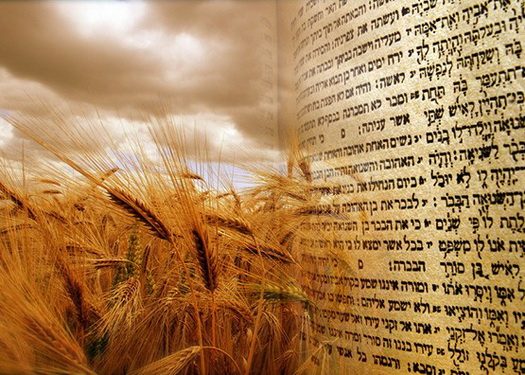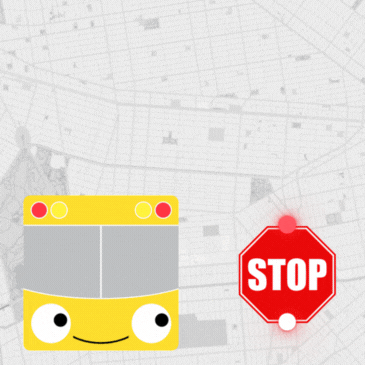
Weekly Dvar Torah: The Transformative Journey of Iyar and the Soul’s Ascent
The Jewish month of Iyar is a spiritual treasure chest hidden in plain sight. Unlike any other month on the Hebrew calendar, Iyar is unique in that every single day is marked by a specific, divinely ordained mitzvah—the counting of the Omer. This sacred counting, which begins on the second night of Passover and culminates on the holiday of Shavuos, is far more than a ceremonial tally; it is a process of refinement, a journey from darkness to light, from impulse to intellect, and from animalistic desire to spiritual brilliance.
The Omer offering begins with barley, a grain typically considered animal food. Fifty days later, on Shavuos, we bring an offering of wheat, the staple of human sustenance. This shift from barley to wheat mirrors the inner work demanded of each Jew during these days—a slow, deliberate transformation from the animal soul’s dominance to the human soul’s refinement, eventually making room for the G-dly soul to shine.
This journey is not linear nor external. It is deeply personal and emotional. Each day we count, we are refining one of the seven primary emotional faculties: chesed (kindness), gevurah (discipline), tiferes (harmony), netzach (endurance), hod (humility), yesod (connection), and malchus (sovereignty). And since each of these contains all seven within them, we count for forty-nine days—seven times seven—until our emotional makeup is purified, balanced, and ready to become a worthy vessel for the intellect, for the Torah, for G-d Himself.
It is a journey from instinct to reason, from survival to meaning. On the first day, we are barley—raw, reactive, earthy. By the forty-ninth, we are wheat—nourished and nourishing, refined and receptive to G-d’s wisdom.
This entire month teaches us that even in our lowest moments, when we feel like “a tiny sliver of a moon,” incapable of producing anything beyond mere lip service, G-d sees our value. Whether it’s barley or wheat, whether we are driven by pure devotion or struggling in darkness, every step toward refinement counts. Every utterance of the Omer is a mitzvah, a divine connection, regardless of how meager it seems.
Perhaps nowhere is this message more powerfully embodied than in the unforgettable story of Reb Gavriel Nose-Chein of Vitebsk, a Chassid of the Alter Rebbe.
Reb Gavriel had once been a man of wealth and standing. But after twenty-five years of childlessness and financial ruin—brought on in part by jealousy and intrigue—he found himself impoverished and broken. When the Alter Rebbe dispatched a messenger to raise funds for Pidyon Shevuyim (redeeming Jewish prisoners), he specified the amount he expected from Reb Gavriel. But the man had not a single kopek to his name.
This crushed him. The pain of not fulfilling his Rebbe’s request tore at his soul.
His wife, Chana Baila, seeing his anguish, took a courageous step. Without telling her husband, she gathered all her jewelry—her last physical treasures—and sold them. But she didn’t stop there. She scrubbed and polished each coin until it gleamed and sparkled. Then, she gave the money to Reb Gavriel and urged him to bring it to the Rebbe.
When Reb Gavriel arrived, the Alter Rebbe instructed him to empty the coins onto the table. As the bag opened, the room lit up with their dazzling shine. The Rebbe fell into deep thought.
“The only item in the Mishkan that sparkled was the kiyor—the wash basin—made from the polished mirrors donated with mesiras nefesh (self-sacrifice) by the women in the wilderness,” he said.
Then he asked: “Where did you get these coins?”
Reb Gavriel shared the whole story—his loss, his wife’s sacrifice, her polishing of the coins, her insistence that he still fulfill the Rebbe’s directive.
Again, the Rebbe paused deeply. Then came the blessing: children, long life, and a new profession—Reb Gavriel was to leave his old business and begin dealing with precious stones and diamonds.
The blessing was fulfilled in full. Reb Gavriel became wealthy, had many children and grandchildren, and lived to 110 years. His wife Chana Baila, the quiet heroine of this saga, lived two years beyond him.
The Frierdiker Rebbe, who shared this story, explained that this is the essence of Sefiras HaOmer: to sparkle, to refine, to rise. The Alter Rebbe’s interpretation of the Torah’s phrase “u’sefartem lachem”—which literally means “you shall count for yourselves”—was that it also means “you shall sparkle yourselves.” From the word sapir, a sapphire, a shining stone.
In a month defined by the simple act of counting, the story of Reb Gavriel reminds us that the sparkle of self-refinement isn’t about grandiosity or external success. It’s about showing up. About caring. About allowing one’s inner light—no matter how hidden—to shine through effort and mesiras nefesh, no matter how humble.
This is the Divine choreography of the Omer. We begin with barley, still under the influence of instinct. But we don’t stay there. We examine ourselves, work on each emotion with honesty and devotion. Over time, the emotions themselves begin to mirror the intellect. What once dominated us becomes refined. The heart begins to follow the head. The animal soul starts to dance in harmony with the G-dly soul.
On the forty-ninth day, having refined all 49 permutations of the emotions, we arrive at Shabbos, a state of spiritual completeness. Then comes Shavuos, the giving of the Torah—not just to the Jewish people as a collective, but to each of us personally, who have prepared ourselves to receive it.
And if, for some reason, we’ve missed a day? If we faltered, if we forgot, if we feel too far gone? The Torah gives us Pesach Sheini—a second chance. A message embedded within the very structure of this spiritual journey: it’s never too late.
So during Iyar, we count—but more than that, we sparkle. We take raw emotions, unrefined instincts, and day by day, we polish our inner coins. Whether we feel like barley or wheat, whether we have wealth or only desire, we are given this divine opportunity to align our souls with G-d’s purpose.
Like Reb Gavriel, we can emerge from despair into blessing. Like his wife Chana Baila, we can make the ordinary sparkle through dedication and love. And like the Jewish people at Sinai, we can receive the Torah anew—not just as a book of laws, but as a radiant mirror reflecting the best version of ourselves.
So keep counting. Keep polishing. Keep climbing from barley to wheat. Because G-d believes in the sparkle inside you.
Have a Safe and Nutritious Drive,
Gut Shabbos
Rabbi Yosef Katzman












